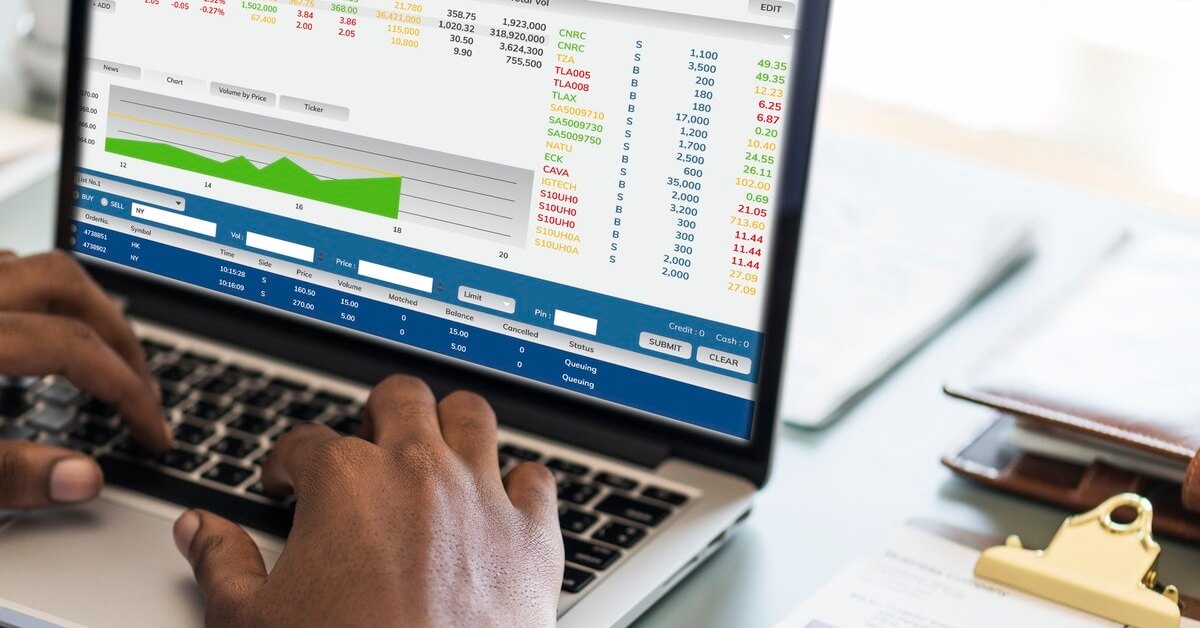BSBTEC302 Design and Produce Spreadsheets
In this unit you will learn how to;
- Select and prepare resources
- Plan spreadsheet design
- Create spreadsheets
- Produce charts
- Finalise and present spreadsheets
Introduction
An organisation’s success revolves around the quality of the information that it uses to base its business decisions on.
Not all information, however, is presented in a useful format and the issue becomes one of how to achieve a sound understanding of the organisation and the knowledge it might need to stay successful. This being the case, it is helpful to understand the term ‘knowledge’ in a business sense.
Business knowledge is the culmination of a process involving the gathering of data, developing useful information from this data and then using this information to gain an in-depth insight, or knowledge of a given subject.
To clarify;
Data = pieces of unrelated or linked information. For example;
- your organisation serves 50 customers per day
- your organisation offers 120 different products
- your organisation employs 25 staff.
These are pieces of data that in themselves don’t mean very much. The relevant question here is: ‘how does this data relate to my requirements?’
Information = taking unrelated pieces of data, analysing them, and determining how they fit together to make a picture. For example;
- of the 50 customers you serve each day 80 percent buy only 10 different products
- of the 120 products you offer, 25 never sell
- of the 25 staff you employ, 10 work in sales and only 5 of those are actually good at their job.
Information turns cold data, or facts, into useful information. You now have an overview of how your organisation actually operates. The question here is: ‘what can I learn from this information?’
Knowledge = with meaningful information now to hand, intelligent decisions can be made on making the organisation more efficient and profitable. For example;
- if 25 of the products your organisation offers never sell then a decision could be made to stop offering or producing these items –saving time, effort and money
- if only 5 of the sales people are good at their job then you may decide to transfer or train the remaining 5 and so on.
So business knowledge is made up of a multitude of data and information, and a spreadsheet can help you sort out all the small “bits” and turn them into an understanding of how a business is actually doing.
Selecting and preparing resources
As indicated in the introduction, an organisation may have many bits of data – bits that when collated and analysed will provide an actual story on how successful the organisation is and what it might need to do to remain successful.
So before creating a spreadsheet you need to make sure you have access to all the necessary pieces of data that, together, will create that story. You will also need to determine the most appropriate means of carrying out the task. And, finally, you will need to have a clear idea of the spreadsheets purpose and who it is being prepared for.
The primary purpose of spreadsheets
Spreadsheets are important business tools and while they can vary in complexity, their primary purpose is to organise and categorize data into a useful and logical format. Spreadsheets can, for example, be used for;
- Business data storage. It is easy to store all kinds of data in a spreadsheet; everything from;
- financial data
- customer details
- product data
- inventory tracking
- monitoring progress on a project and more.
- Accounting and calculation uses. In the absence of specialized accounting software or programs, many businesses still use spreadsheets to track their business accounts. You can enter formulas that can take care of a large range of calculations automatically; keeping track of money and inventory.
- Budgeting. Spreadsheets can help in;
- keeping track of company expenditure
- managing incomes
- calculating percentages
- calculating the differences between specific figures over given time periods and more
- Generating reports and charts. Spreadsheets can be used to report on trends or make business forecasts. The information in these reports can then be turned into graphs that make it easy to see comparisons between different sets of data or to see, at a glance, how well the organisation is performing in a range of different business areas.
- Administrative tasks. You can use spreadsheets to generate receipts, invoices, price lists or any number of other business documents.
- Special projects – tracking progress and milestones that need to be met.
These are only some of the primary purposes to which a spreadsheet can be put.
… continued in learner guide…
For purchase information click here.
